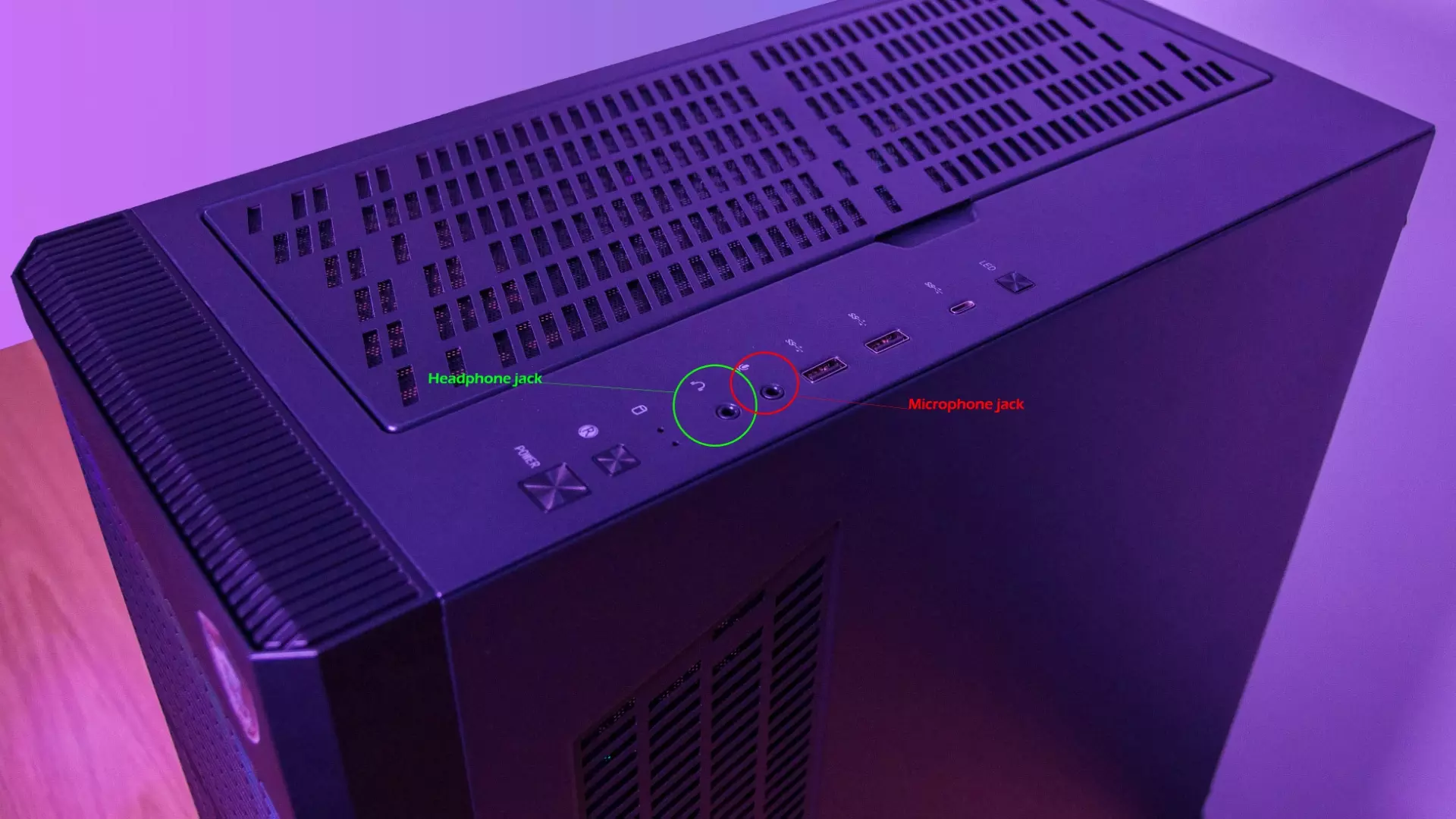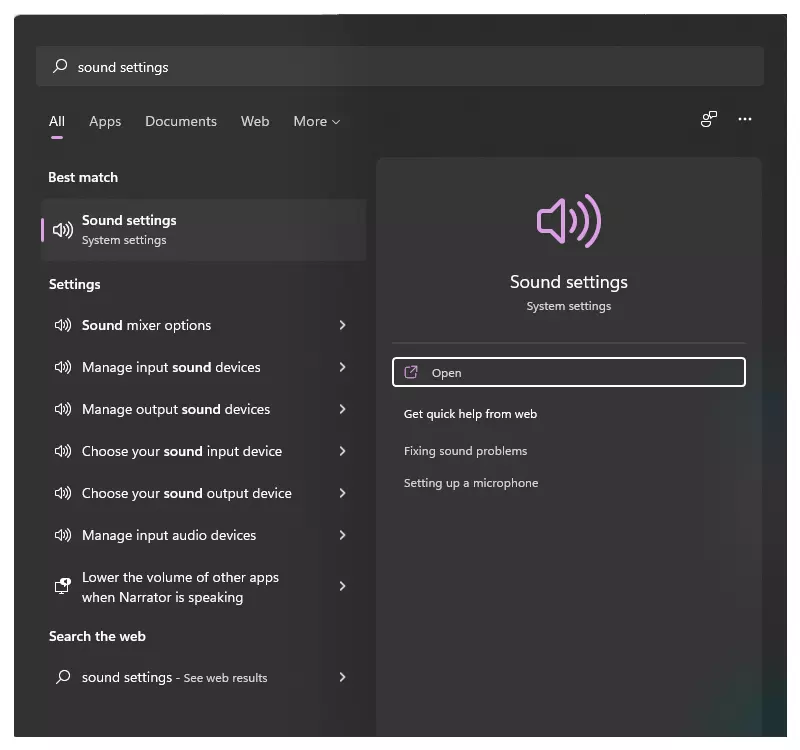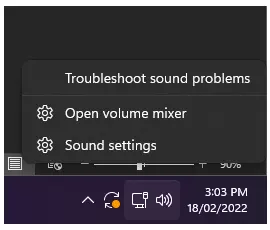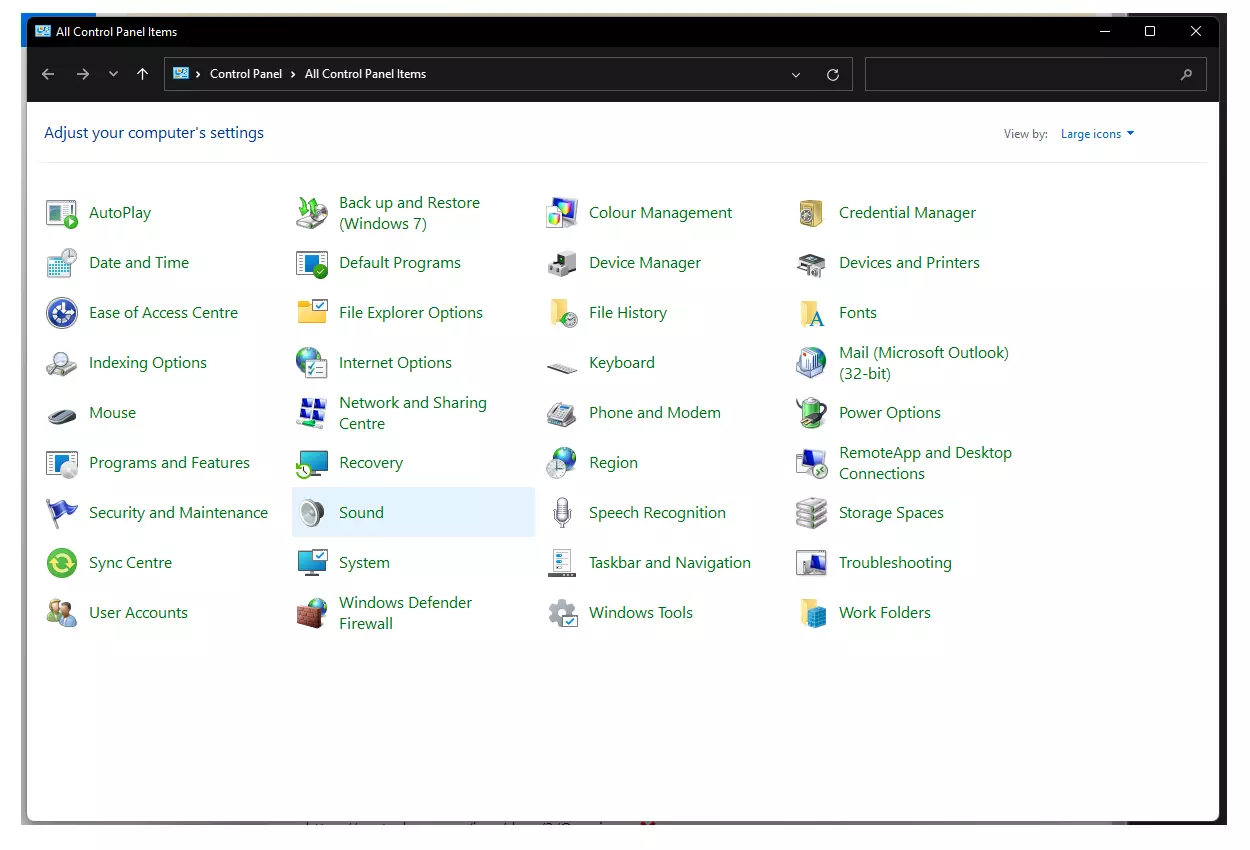📢 Holiday Trading Hours 🟢 Open ⛔ Closed
🟢 Dec 24 ⛔ Dec 25 to Jan 1 🟢 Jan 2nd
💥FLASH SALE💥First 100 Customers Only
Get $333 off any PC order with promo code HOLIDAYS
Categories
AudioCPU
General
Graphics Card
Maintenance
Monitor
RAM (Memory)
Sustainability
Use Cases
About Evatech
Since 2013, Evatech Computers, a fully Australian-owned and operated company, has provided custom-built gaming, workstation, and home + office PCs, meticulously tailored to individual client needs and budgets.
Shop
Custom Gaming PCs
Custom Workstations
Pre-built PCs
Monitors
Mice
Keyboards
Headsets & Microphones
Troubleshooting Audio Issues
Published 27th Jan 2022, updated 19th May 2023 - 5 minute readFirst things first, the basic things
Headphones
Checking sound settings
- Open the main system Sound Settings
- Use the Windows Start Menu, the Sound Icon, and a Keyboard Shortcut
- Open the sound Control Panel window
From time-to-time, we hear of customers running into issues getting sound to play through devices attached to their systems. This could be issues regarding getting sound to play through your monitor speakers, to be transmitted from headphones plugged into the front audio ports, no output from the motherboard's back ports, issues producing sound on your PC, or sound from a dedicated sound card installed in the system. These issues can present themselves when you first unbox your system or can occur later on down the road. Here are some suggestions for resolving your sound issues.
First things first, the basic things
- Check to see if your sound device (speakers, headphones, etc.) are plugged in correctly and the volume is turned up on the device and not muted.
- Plug the device into another sound producing machine (another computer, phone, laptop, etc.) to confirm that they are in fact in working condition.
- If you are trying to play sound through a certain application on the system - through a web browser for example - please try playing sound from another application (like Windows Media Player or Spotify, VLC, etc.) to confirm it is not an application specific audio error.
If you have checked all three of the above and the issue still persists then it may be a good idea to check your physical connection to make sure it is on the right port.
If you are plugging headphones or speakers into the front port on your PC, you will want to pay special attention and plug them into the port with the headphones icon (see below picture for reference).

If you are plugging a device into one or more of the typically colourful ports on the back of the system, you will want to make sure you are plugging into the correct port there as well.

That pink port labelled "line in" is for a microphone. The green “audio out” is where you will want to plug in single-plug speakers or headphones into.
Headphones
If you have headphones that have a microphone attached, you may have a cable with two 3.5mm jacks on the end, you will want to plug the microphone jack into the pink port (line in) and the headphone jack into the green (audio out) port. You may also have speakers that have two or more jacks that need to be plugged in. In that case, we would suggest consulting the user manual of the speakers to see which ports they recommend you plug each cable into.
If you have a headset (headphones & microphone combo) that has just one 3.5mm audio port to plug in (and no splitter) then you may not be able to use your headset entirely, or at all. These combo jack-equipped headsets are often made with consoles, laptops, phones/tablets in mind where space is a premium, and they're designed to take combo audio jacks. PCs on the other hand do often have individual ports for headphones and microphone, as covered on this page, so aren't designed to work with combo headsets wielding a single 3.5mm plug. If this sounds all too familiar, sorry! The PC is not faulty, it's working as designed. USB headsets are not a problem!
Checking sound settings
If you have checked all of the above and are still having issues getting sound to play through your device, then it is time to check some of the settings inside Windows. There are a few ways to do this...
Open the main system Sound Settings
The Windows search bar is quite a handy tool that you can use to search for various programs and system settings. To open the main system sound settings with this tool, type sound settings in the Windows search bar and select the best match. If you disabled the Search bar, you can still access it by clicking the Start button and typing what you want to look for.

Use the Windows Start Menu, the Sound Icon, and a Keyboard Shortcut
Alternatively, you can open the main sound settings window using the Start Menu, a keyboard shortcut, or the sound icon on the taskbar
To use the Start Menu, navigate to Windows Start Menu > PC Settings > System > Sound.
To use the sound icon, right-click the sound icon on the taskbar and select Open Sound settings.

Open the sound Control Panel window
The Sound control panel window is quite helpful for configuring the playback, recording, sounds, and communications settings. These settings can come in handy if you want to configure settings like speech recognition, or choose various playback options.
Now, let’s take a look at the various ways of opening the Sound control panel window:
Use the Run Command Dialogue Box or the Command Prompt
Just like the Windows search bar, the Run command dialog box can really come in handy in various situations. For example, it’s quite helpful when you want to quickly open certain software programs or system settings.
Here’s how you can open the Sound control panel window using the Run command dialog box:
Press Win + R to open the Run Command dialog box.
Type mmsys.cpl and press Enter.
Use the Control Panel
The Control Panel is another handy Windows tool that you can use for various purposes. To open the sound settings via the Control Panel, here’s what you need to do:
- Type Control Panel in the Windows search bar and select the best match.
- Click the View by drop-down menu and select Large icons.
- Select Sound from the Control Panel menu items.

Something still not right with your Evatech PC? We're standing by and our support team can assist you!
Contact Evatech SupportIf this page didn't solve your problem, there's many more to view, and they're all very informative.
Evatech Help Docs









 5/2 Fiveways Boulevarde, 3173 VIC
5/2 Fiveways Boulevarde, 3173 VIC Monday - Friday 10am-6pm
Monday - Friday 10am-6pm +61 (03) 9020 7017
+61 (03) 9020 7017 ABN 83162049596
ABN 83162049596 Evatech Pty Ltd
Evatech Pty Ltd